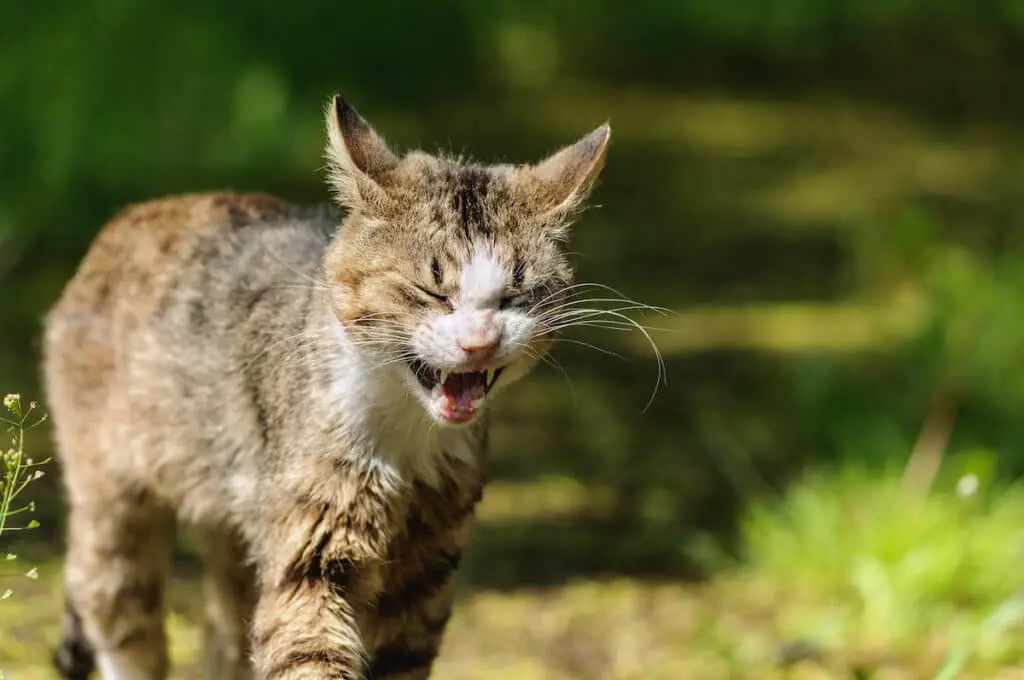Cats can be unpredictable and sometimes even dangerous. As such, many pet owners are looking for ways to protect their families and other animals from their beloved cats. One of the most popular options is the use of a muzzle. While muzzles are widely used for dogs, there is some debate as to whether or not they are effective for cats. In this article, we will explore the pros and cons of using a muzzle for cats and provide some tips for safely using a muzzle with your cat.
What is a Cat Muzzle?
A muzzle is a device that is designed to prevent an animal from biting or scratching. It is typically made of a strong material such as leather or nylon and is designed to fit snugly around the animal’s head. The most common type of muzzle is a basket muzzle, which covers the entire mouth and nose of the animal. This type of muzzle is most commonly used to prevent an animal from biting or scratching another animal or person.
Pros of Using a Muzzle
The primary benefit of using a muzzle on a cat is that it can provide a level of protection for both the cat and those around it. By preventing the cat from biting or scratching, muzzles can help to keep everyone safe from potential harm. Additionally, muzzles can help to prevent cats from engaging in destructive behaviors such as chewing on furniture or scratching upholstery. This can be especially beneficial for cats that are prone to such behaviors.
Cons of Using a Muzzle
One of the primary drawbacks of using a muzzle on a cat is that it can be extremely uncomfortable for the cat. Muzzles can also restrict the cat’s ability to eat, drink, and groom itself. This can have a negative impact on the cat’s overall health and well-being. Additionally, the use of a muzzle can be stressful for the cat and can increase the risk of the cat developing behavior problems.
Tips for Safely Using a Muzzle
If you decide to use a muzzle on your cat, there are several tips to keep in mind to ensure that the experience is as safe and comfortable as possible for both you and your cat:
- Introduce the muzzle gradually. Start by letting your cat get comfortable with the muzzle before actually putting it on. Allow your cat to sniff it, touch it, and even play with it. Once your cat is comfortable with the muzzle, you can slowly start to put it on for short periods of time.
- Make sure the muzzle fits properly. The muzzle should fit snugly around your cat’s face, but not too tightly. It should also not restrict the cat’s ability to breathe or move its mouth.
- Provide plenty of positive reinforcement. Use treats and praise to reward your cat for wearing the muzzle. This will help to make the experience more positive for your cat.
- Remove the muzzle when not in use. The muzzle should only be used when necessary and should be removed as soon as possible. If it is left on for too long, it can be uncomfortable and even dangerous for your cat.
Conclusion
Muzzles can be an effective tool for protecting both cats and those around them. However, it is important to use them responsibly and to ensure that your cat is comfortable and safe while wearing the muzzle. If you have any questions or concerns, it is best to consult with your vet before using a muzzle on your cat.














